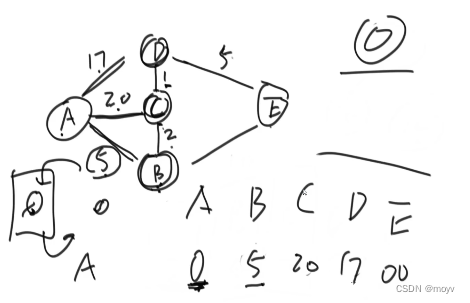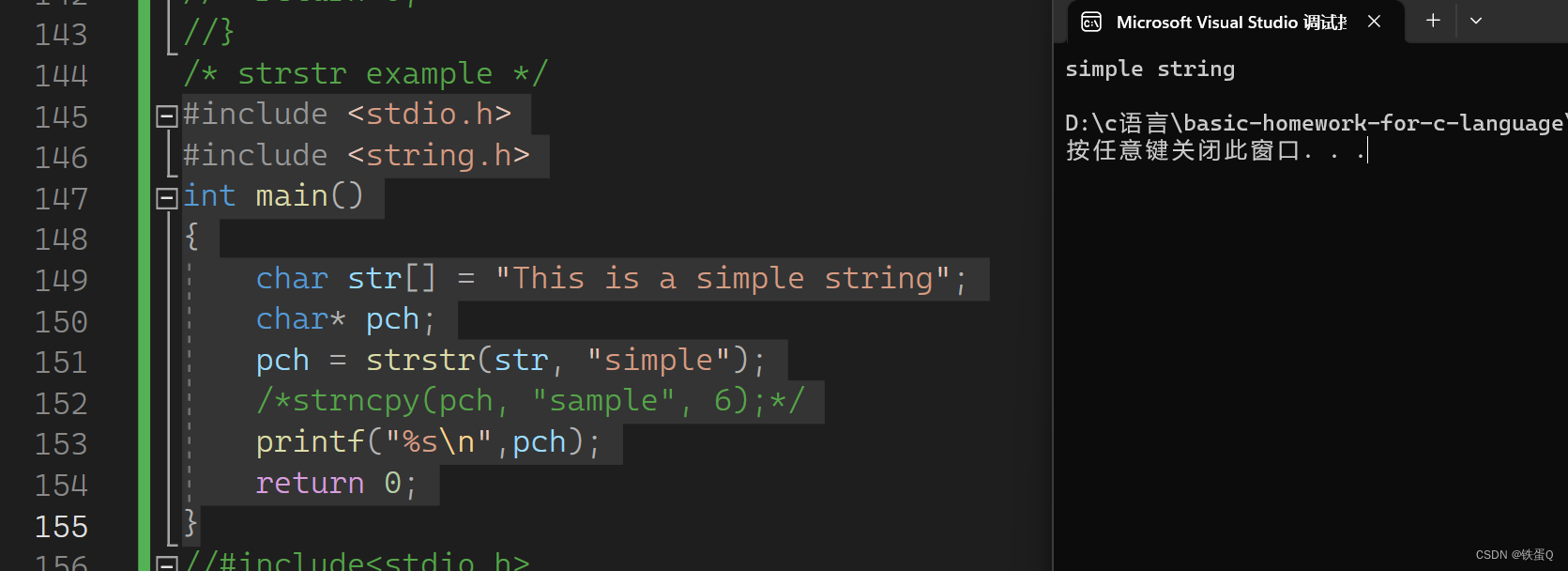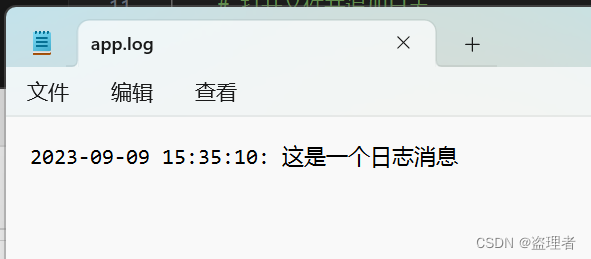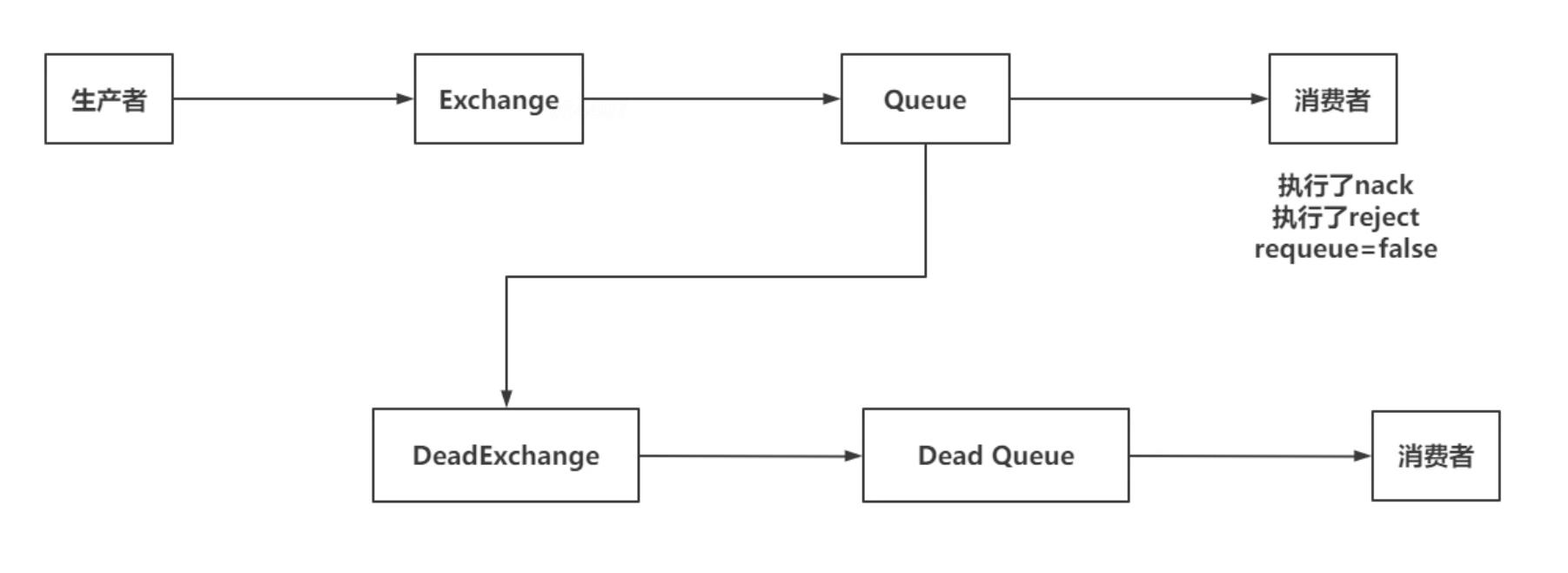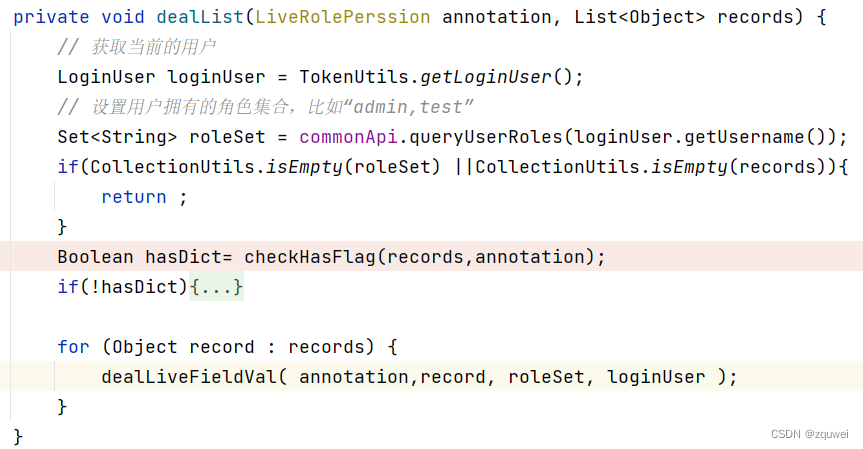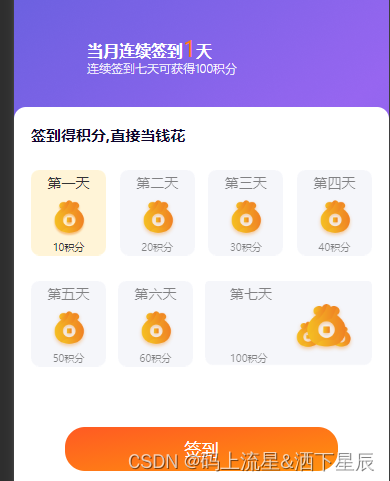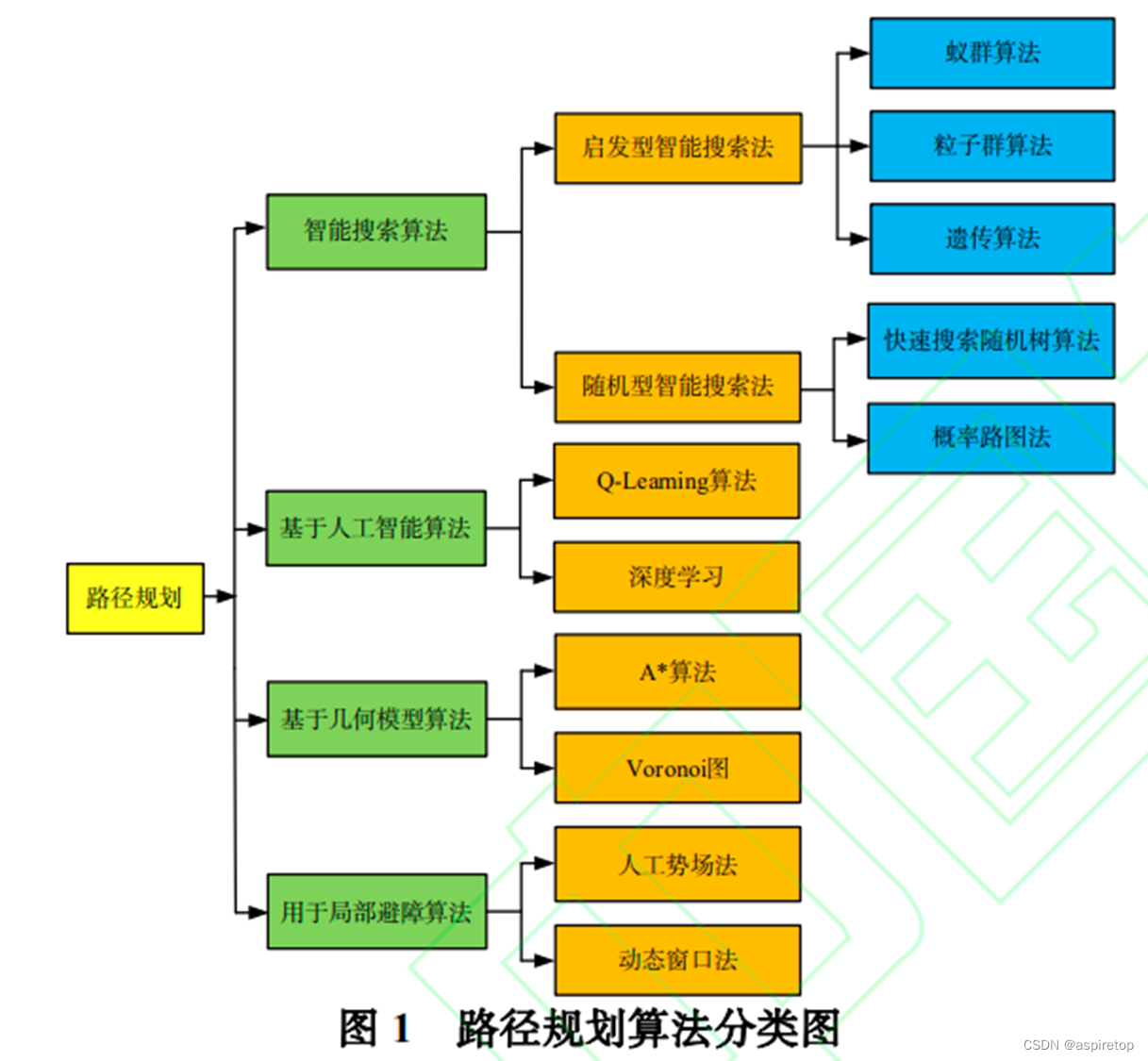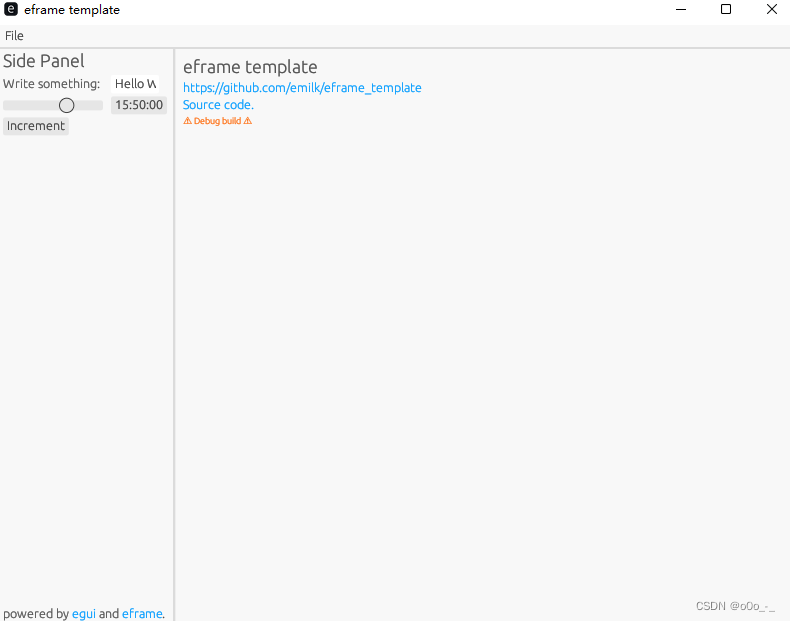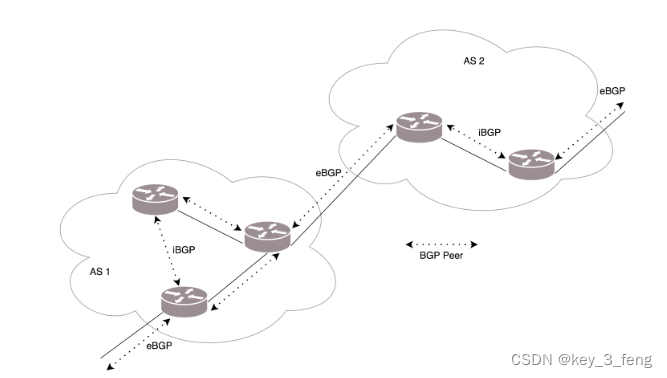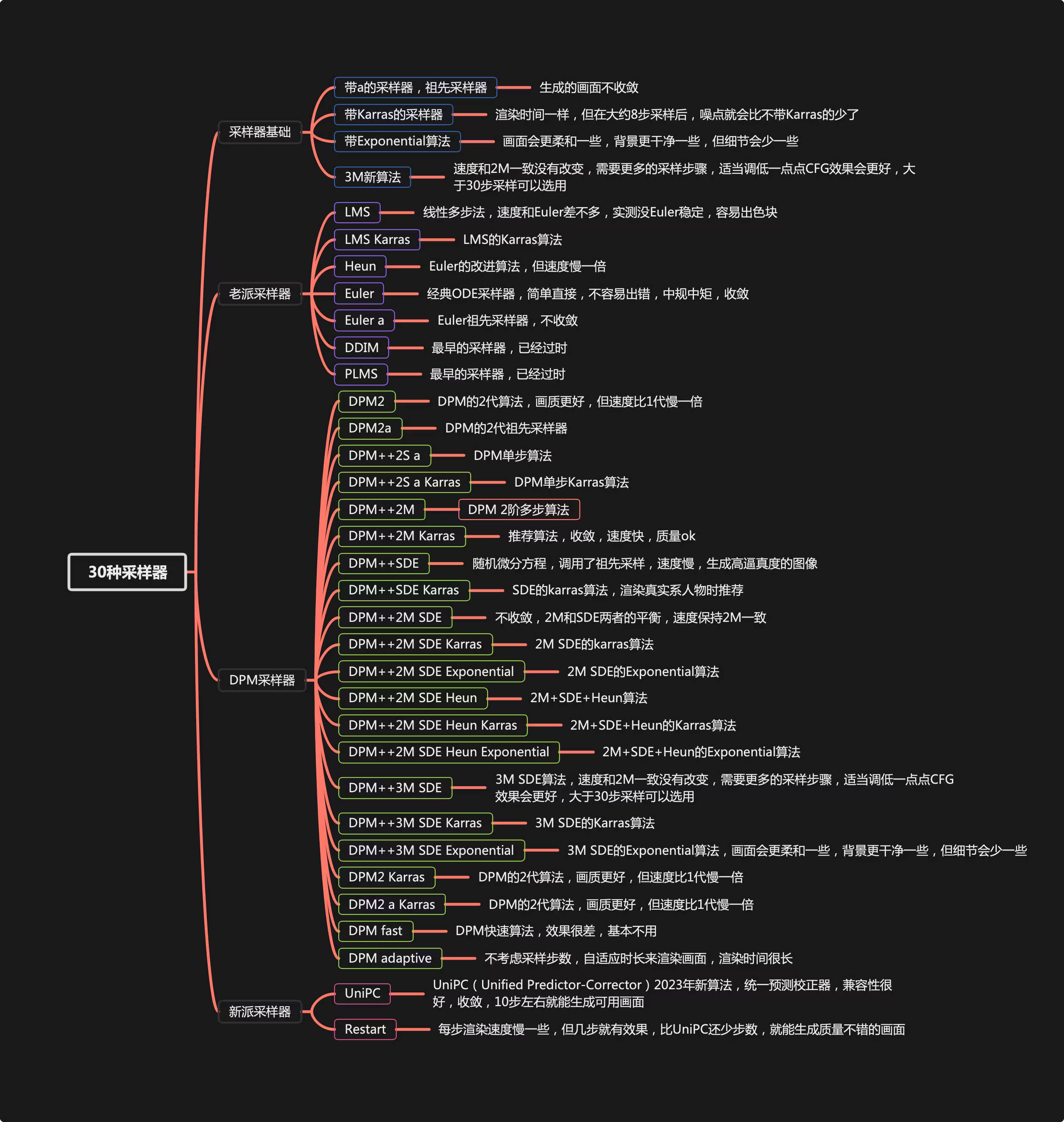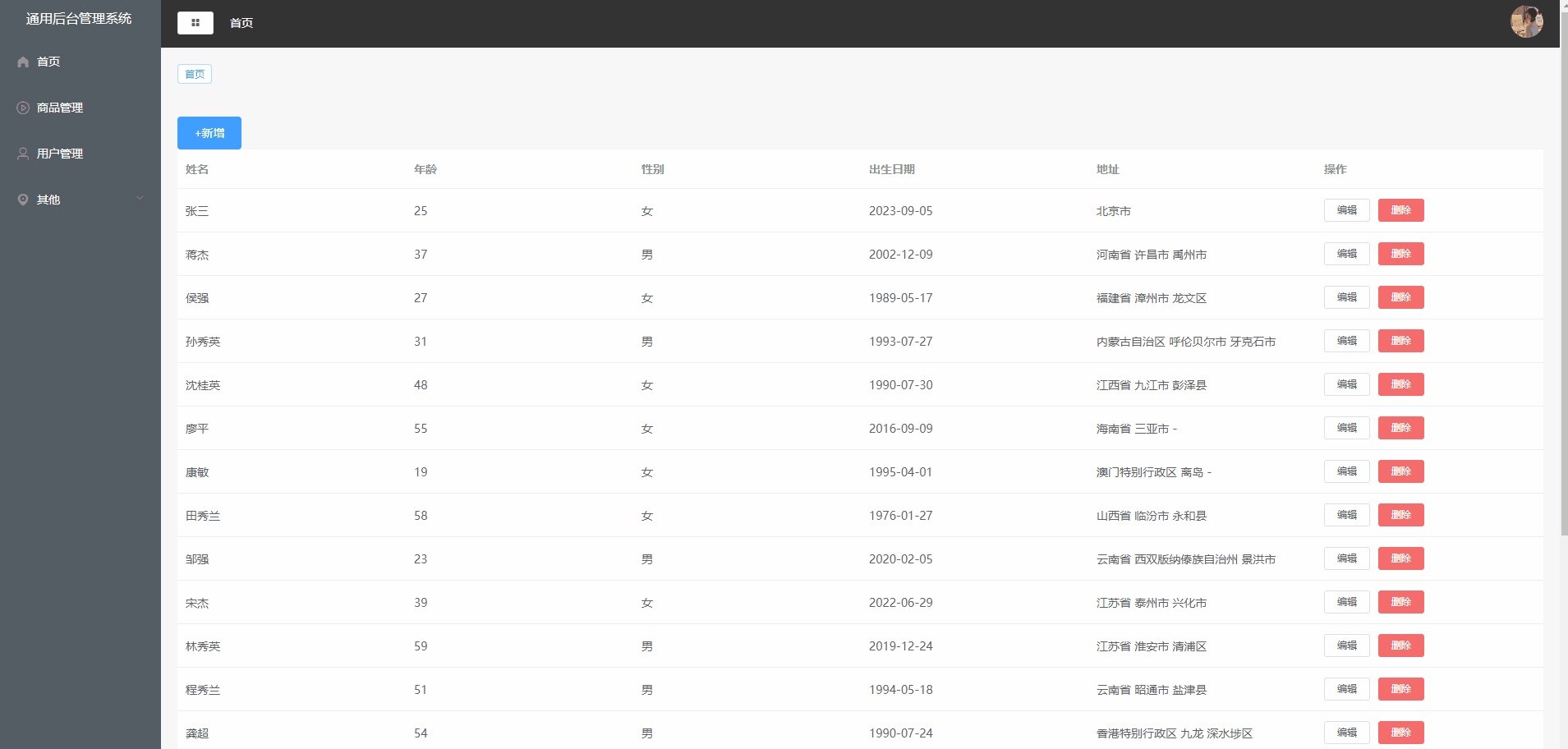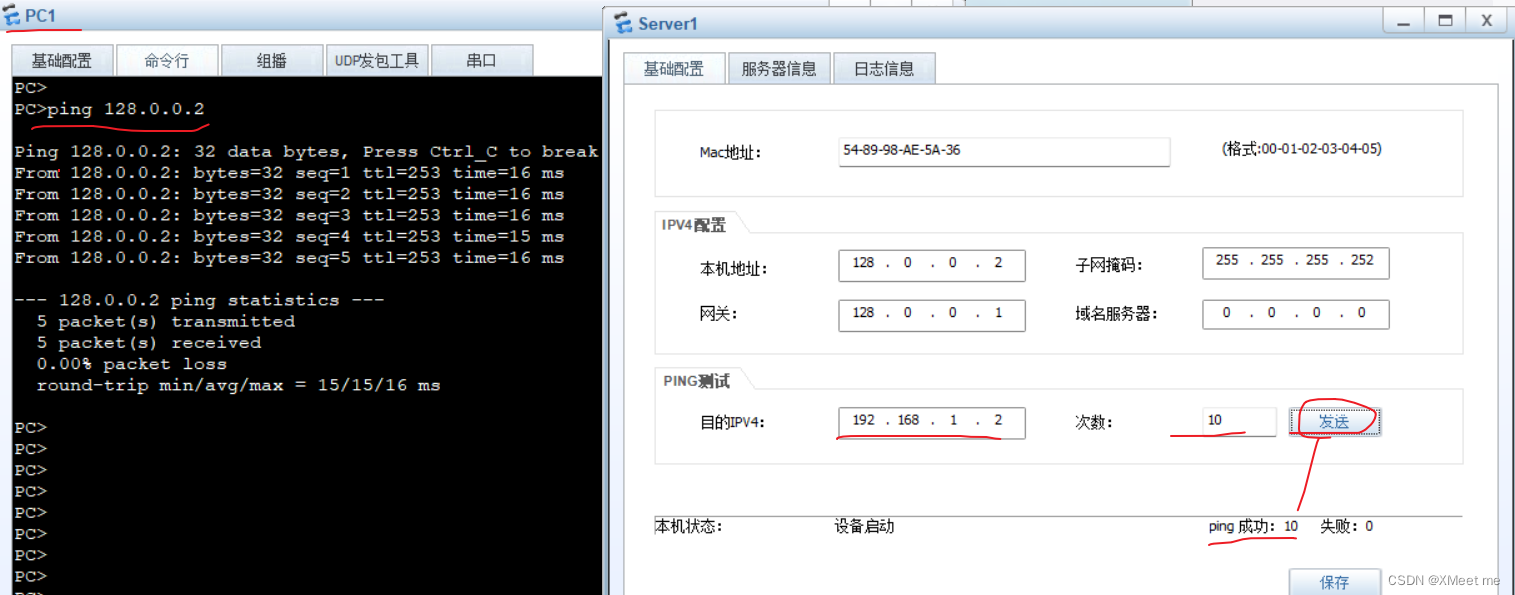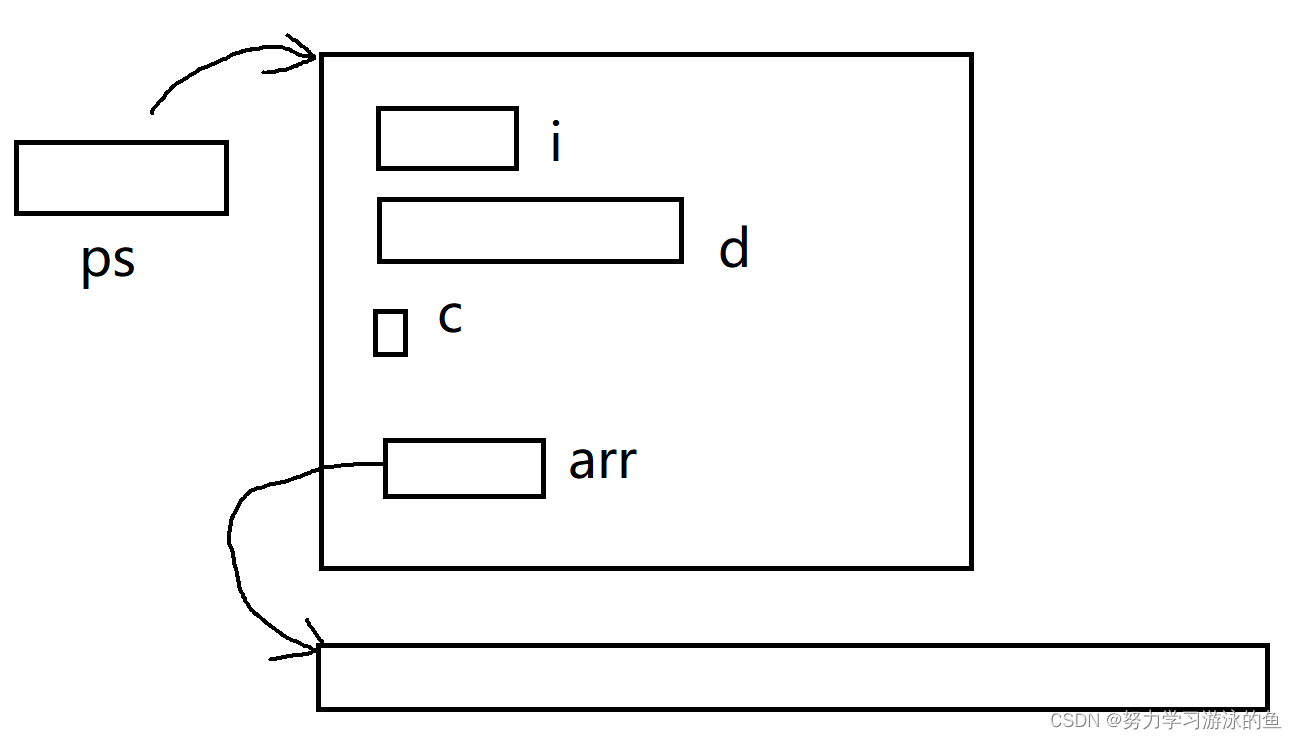文章目录
- 基础图
- 误差线
- 等高线polar
- 场图polar
- 统计图
- 非结构坐标图
📊python35种绘图函数总结,3D、统计、流场,实用性拉满
matplotlib中的画图函数,大部分情况下只要声明坐标映射是polar,就都可以画出对应的极坐标图。但极坐标和直角坐标的坐标区间不同,所以有些数据和函数关系适合在直角坐标系中展示,而有些则适合在及坐标中展示。
基础图
| 函数 | 坐标参数 | 图形类别 | |
|---|---|---|---|
| plot | x,y | 曲线图 | |
| stackplot | x,y | 散点图 | |
| stem | x,y | 茎叶图 | |
| scatter | x,y | 散点图 | |
| polar | x,y | 极坐标图 | |
| step | x,y | 步阶图 | |
| bar | x,y | 条形图 | |
| barh | x,y | 横向条形图 |

bar和barh的对偶关系稍微有些抽象,可以理解为前者是以角度方向为x轴;而barh则是以半径方向为x轴。
代码如下
import matplotlib.pyplot as plt
import numpy as npx = np.arange(20)/2
y = xfDct = {"plot" : plt.plot, "stackplot": plt.stackplot,"stem" : plt.stem, "scatter" : plt.scatter, "polar": plt.polar, "step" : plt.step, "bar" : plt.bar, "barh" : plt.barh, }fig = plt.figure(figsize=(14,6))
for i,key in enumerate(fDct, 1):ax = fig.add_subplot(2,4,i, projection="polar")fDct[key](x, y)plt.title(key)plt.tight_layout()
plt.show()
误差线
| 函数 | 坐标 | 图形类别 |
|---|---|---|
| errorbar | x,y,xerr,yerr | 误差线 |
| fill_between | x,y1,y2 | 纵向区间图 |
| fill_betweenx | y, x1, x2 | 横向区间图 |

代码如下
x = np.arange(20)/2
y = x
y1, y2 = 0.9*y, 1.1*y
x1, x2 = 0.9*x, 1.1*x
xerr = np.abs([x1, x2])/10
yerr = np.abs([y1, y2])/10fig = plt.figure(figsize=(12,4))ax = fig.add_subplot(141, projection='polar')
ax.errorbar(x, y, yerr=yerr)
plt.title("errorbar with yerr")ax = fig.add_subplot(142, projection='polar')
ax.errorbar(x, y, xerr=xerr)
plt.title("errorbar with xerr")ax = fig.add_subplot(143, projection='polar')
ax.fill_between(x, y1, y2)
plt.title("fill_between")ax = fig.add_subplot(144, projection='polar')
ax.fill_betweenx(y, x1, x2)
plt.title("fill_betweenx")plt.tight_layout()
plt.show()
等高线polar
| 绘图函数 | 坐标 | 说明 |
|---|---|---|
| contour | [x,y,]z | 等高线 |
| contourf | [x,y,]z | 填充等高线 |
| pcolormesh | [x,y,]z | 伪彩图 |
由于imshow默认其绘图坐标是标准的1x1网格,而在极坐标种,这种网格的尺寸会随着r的增大而增大,从而变得极其不实用,所以下面对极坐标图的演示,就不包含imshow了。

代码如下
X, Y = np.indices([100,100])
X = X/100*np.pi*2
Y = Y/25 - 2
Z = (1 - np.sin(X) + np.cos(X)**5 + Y**3) * np.exp(-Y**2)fDct = {"contour": plt.contour, "contourf":plt.contourf, "pcolormesh" : plt.pcolormesh}fig = plt.figure(figsize=(9,3))
for i,key in enumerate(fDct, 1):ax = fig.add_subplot(1,3,i, projection='polar')fDct[key](X,Y,Z)plt.title(key)plt.tight_layout()
plt.show()
场图polar
| 绘图函数 | 坐标 | 说明 |
|---|---|---|
| quiver | x,y,u,v | 向量场图 |
| streamplot | x,y,u,v | 流场图 |
| barbs | x,y,u,v | 风场图 |

代码如下
Y, X = np.indices([10,10])
X = X/10*np.pi*2.5
Y = Y#Y, X = np.indices([6,6])/0.75 - 4
U = 6*np.sin(X) + Y
V = Y - 6*np.sin(X)dct = {"quiver":plt.quiver, "streamplot":plt.streamplot, "barbs" :plt.barbs}fig = plt.figure(figsize=(12,4))for i,key in enumerate(dct, 1):ax = fig.add_subplot(1,3,i,projection='polar')dct[key](X,Y,U,V)plt.title(key)plt.tight_layout()
plt.show()
统计图
| 绘图函数 | 坐标 | 说明 |
|---|---|---|
| hist | x | 数据直方图 |
| boxplot | x | 箱线图 |
| violinplot | x | 小提琴图 |
| enventplot | x | 平行线疏密图 |
| hist2d | x,y | 二维直方图 |
| hexbin | x,y | 钻石图 |
| pie | x | 饼图 |
极坐标在绘制直方图的时候,需要注意其横坐标是以 2 π 2\pi 2π为周期的,也就是说随机变量的最大值和最小值不得相差 2 π 2\pi 2π,否则会导致重叠。

由于极坐标绘图本质上是一种坐标映射,所以并不会把0和360°真正地等同起来,所以在hist2d中,整个图像并没有闭合。而最有意思的是饼图,直接给压扁了,让人很难一下子看出不同组分的比例关系。
代码如下
x = np.random.standard_normal(size=1000)dct = {"hist" : plt.hist, "violinplot" : plt.violinplot,"boxplot": plt.boxplot}fig = plt.figure(figsize=(10,6))
for i,key in enumerate(dct, 1):ax = fig.add_subplot(2,3,i, projection='polar')dct[key](x)plt.title(key)ax = fig.add_subplot(234, projection='polar')
ax.eventplot(x)
plt.title("eventplot")x = np.random.randn(5000)
y = 1.2 * x + np.random.randn(5000) / 3
ax = fig.add_subplot(235, projection='polar')
ax.hist2d(x, y, bins=[np.arange(-3,3,0.1)] * 2)
plt.title("hist2d")ax = fig.add_subplot(236, projection='polar')
ax.pie([1,2,3,4,5])
plt.title("pie")plt.tight_layout()
plt.show()
非结构坐标图
| 绘图函数 | 坐标 | 说明 |
|---|---|---|
| tricontour | x,y,z | 非结构等高线 |
| tricontourf | x,y,z | 非结构化填充等高线 |
| tricolor | x,y,z | 非结构化伪彩图 |
| triplot | x,y | 三角连线图 |

代码如下
x = np.random.uniform(0, np.pi*2, 256)
y = np.random.uniform(-2, 2, 256)
z = (1 - np.sin(x) + np.cos(x)**5 + y**3) * np.exp(-y**2)levels = np.linspace(z.min(), z.max(), 7)fig = plt.figure(figsize=(12,4))ax = fig.add_subplot(141, projection='polar')
ax.plot(x, y, 'o', markersize=1, color='lightgrey', alpha=0.5)
ax.tricontour(x, y, z, levels=levels)
plt.title("tricontour")ax = fig.add_subplot(142, projection='polar')
ax.plot(x, y, 'o', markersize=1, color='lightgrey', alpha=0.5)
ax.tricontourf(x, y, z, levels=levels)
plt.title("tricontourf")ax = fig.add_subplot(143, projection='polar')
ax.plot(x, y, 'o', markersize=1, color='lightgrey', alpha=0.5)
ax.tripcolor(x, y, z)
plt.title("tripcolor")ax = fig.add_subplot(144, projection='polar')
ax.triplot(x,y)
plt.title("triplot")plt.tight_layout()
plt.show()
